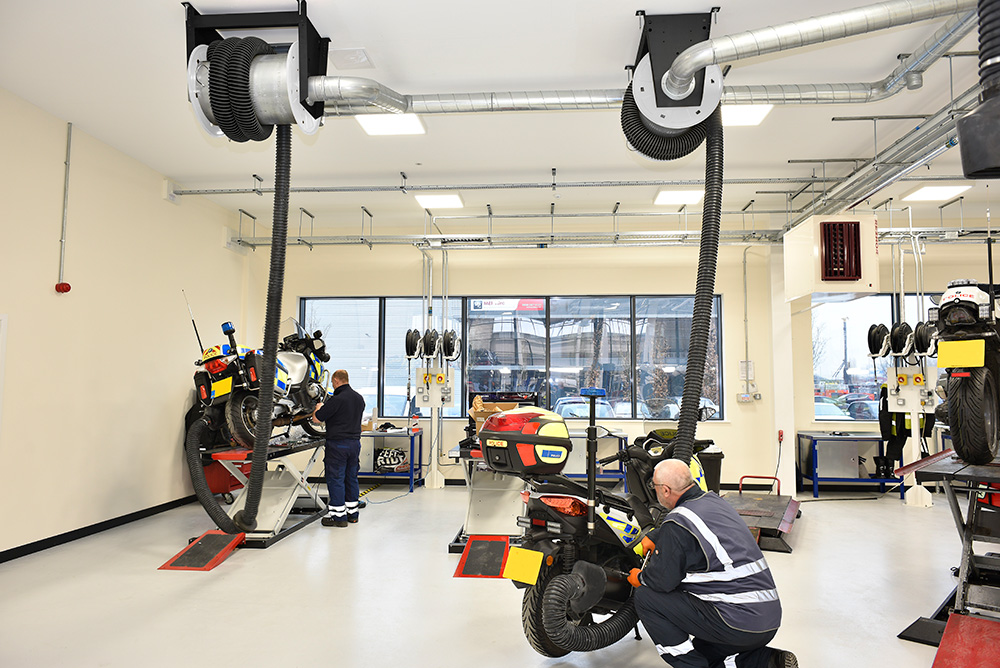
In this blog, we'll look at what the key features of an effective extraction system are.
Your extraction system is one of the most critical groups of equipment in your workplace. It keeps you, your workforce and even the public safe from exposure to dangerous airborne contaminants, dust, and fumes - ensuring safety, legal compliance, and operational efficiency. So, what sets a mediocre, underperforming extraction system apart from an industry-leading protection system?
Before the design process has even begun, it's imperative to have a deep knowledge of the industrial process which the extraction system will be incorporated into.
This will affect the types of contaminants produced, their concentrations, and how often they're emitted.
Understanding these factors will help the designer and client to recognise the potential hazards and their impact on the working environment as well as human health - and be able to specify the correct types of filters, exhausts, containment, and other features of the extraction systems.
While it may not seem like a key feature of an effective extraction system, doing the necessary preparation work prior to design is just as important as specification - in fact, the whole design of the system hinges on this initial knowledge.
Similar to expert knowledge of the industrial process, knowing the law surrounding your processes is another key feature of an effective extraction system.
The designers should be aware of any local, regional, or national laws and regulations that will affect the design of the extraction system - for example minimum filtration standards, noise levels, type of exhaust system, and permitted disposal of collected contaminants.
Compliance with the law and other rules will ensure that your workers are being fully protected, while helping you to avoid legal issues.
Once the preparation work has been carried out, and the designer has the required knowledge of the industrial processes, contaminants, people involved, exposure levels, and any constraining legal regulations... they can finally start specifying the appropriate features of an effective extraction system.
This will include:
There are other factors to consider to ensure the efficient operation of your extraction system besides the initial design and specification.
It's a good idea to integrate monitoring and control solutions into your extraction system.
These may include sensors designed to monitor contaminant levels (either in the workplace or extraction system itself), bindicators or impellers to monitor airflow, and blockage indicators.
Such systems will ensure efficient operation and help you to identify issues before they become serious, or cause avoidable downtime, such as to clear blockages or facilitate repairs.
Maintenance and training are also key features of an effective extraction system; the nozzles, ducts, motor and fan units, filters and exhausts all need to be kept in good condition to ensure proper airflow and eliminate leaks.
Regular inspection and maintenance will also form part of your regulatory compliance so must not be overlooked.
Similarly, you have an employers' duty to ensure all workers are well versed in the use of the extraction system - so sufficient information, instruction, training and supervision must all be provided, particularly at installation and commissioning stages.
Designing an effective extraction system requires a comprehensive and holistic approach, built upon sound expert knowledge.
At Fumex we understand the key features of an effective extraction system and have been designing, fabricating, and installing them for over forty years. Whatever your industry, you can trust Fumex to design your extraction system, expertly install it - and give you the support you need to keep it in peak condition at all times.